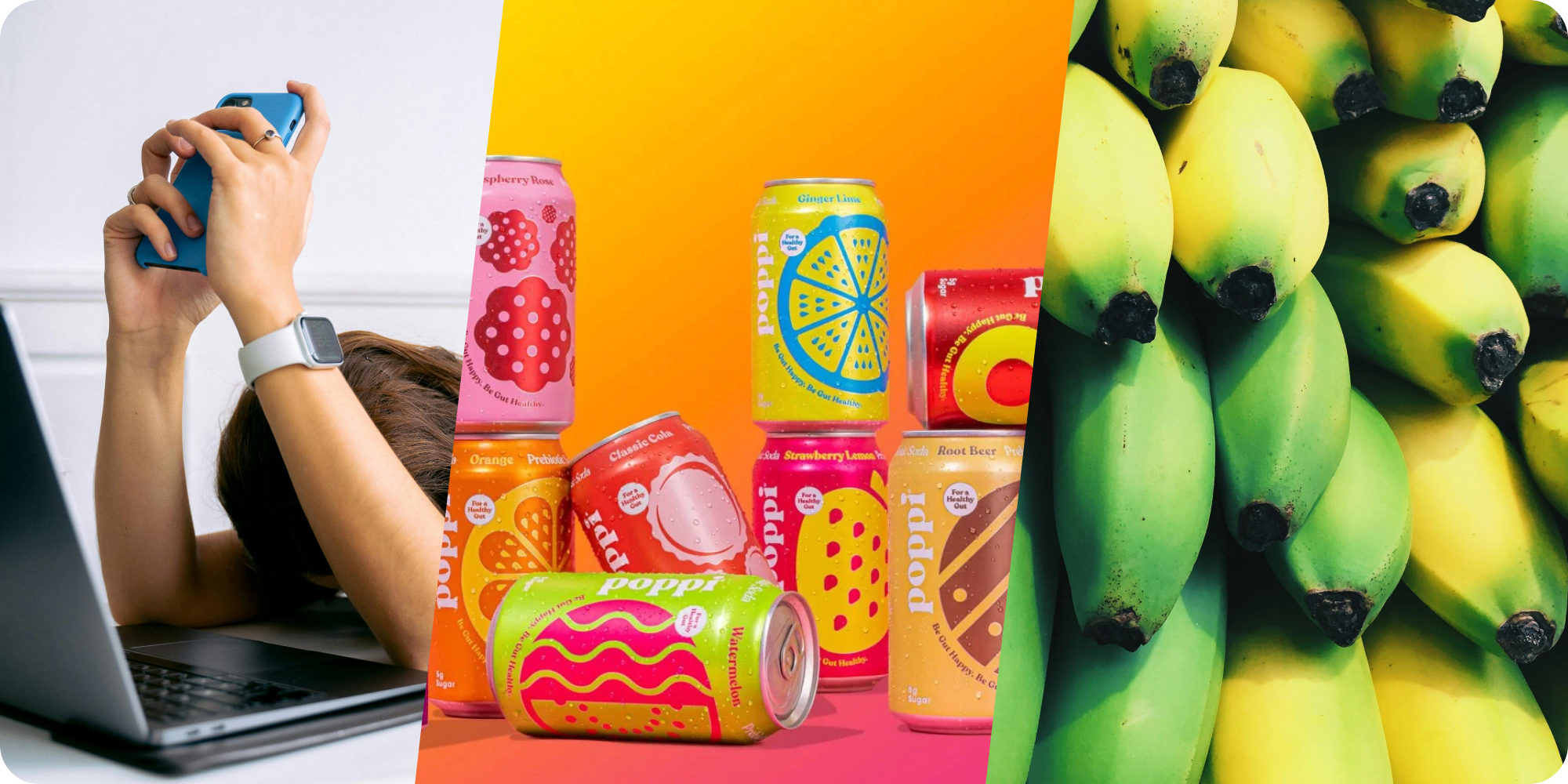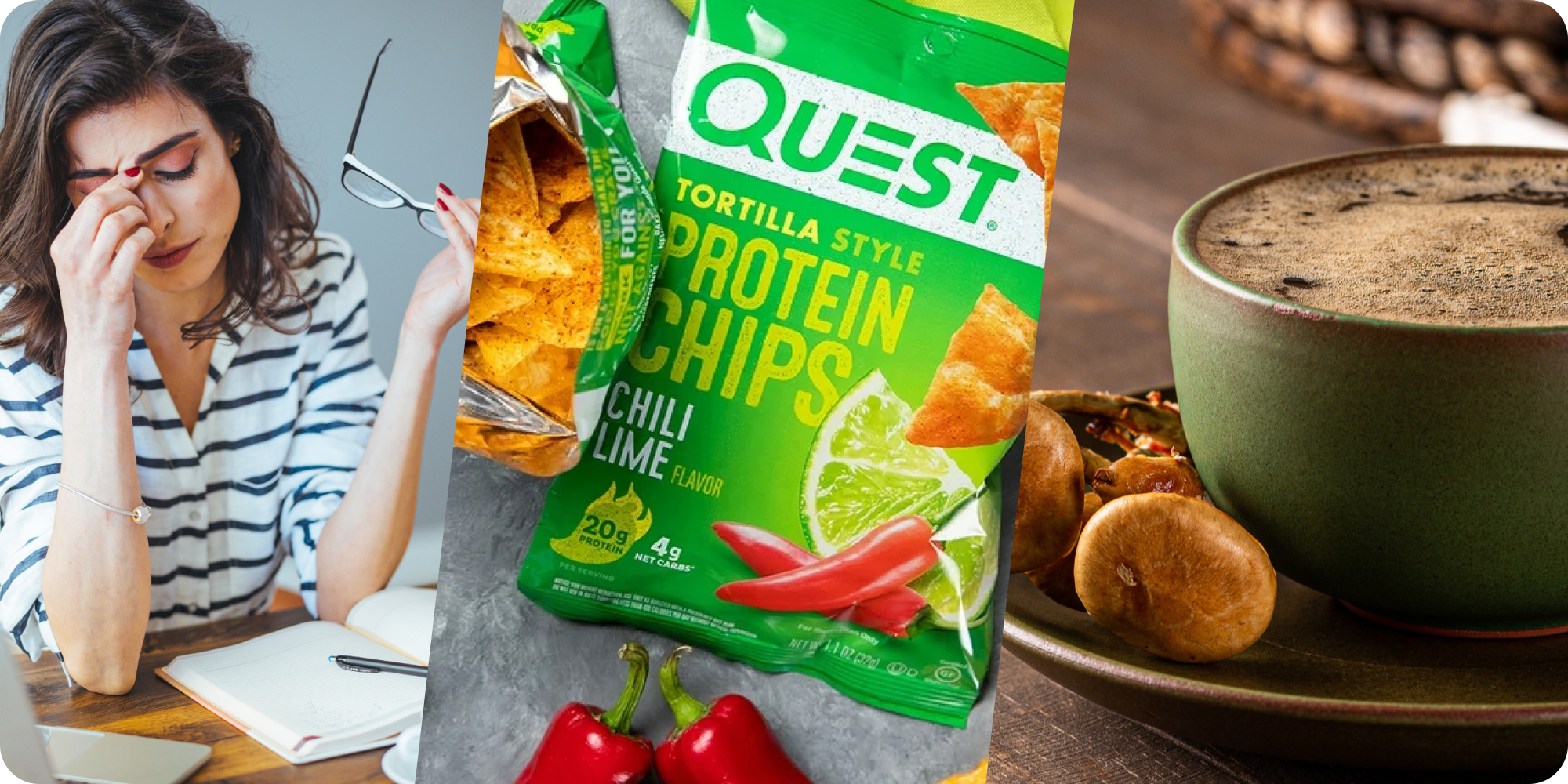3 Trends Redefining the Office Break Room [May 2025]
How engagement dips, soda wars, and clean-label pressure are reshaping your break room strategy.
✍️ Written by Rebecca Ross
🕚 7-Minute Read • Published Wednesday, May 7, 2025
![Trends for your corporate food service [May 2025] Trends for your corporate food service [May 2025]](https://info.craftydelivers.com/hubfs/Trends%20for%20your%20corporate%20food%20service%20%5BMay%202025%5D.png)
As companies navigate rising employee expectations and global uncertainty, the office break room is becoming more important. No longer just a place for coffee refills or passive snack breaks, it's becoming a frontline tool for engagement, wellness, and culture-building.
We’re seeing clear signs that the food and beverage industry, and therefore office culture, is evolving. From how it fuels employees to how it reflects your values, here’s what’s driving the change:
Employee Engagement Hits a Post-Pandemic Low
Global employee engagement fell to 21% according to Gallup.
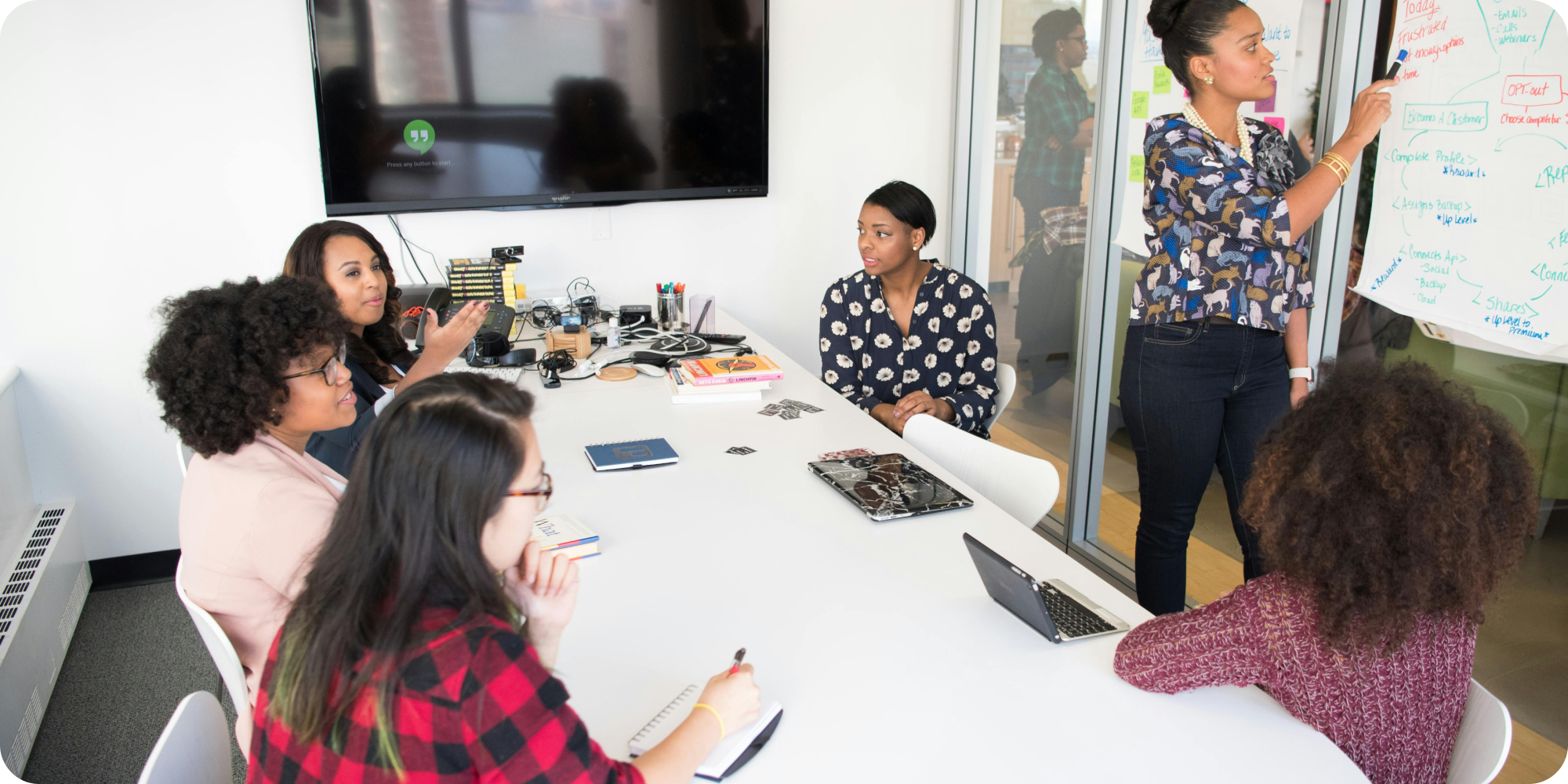
According to Gallup’s 2024 report, employee engagement worldwide fell to just 21%, marking one of the steepest post-pandemic declines to date. The data reveals a particularly sharp dip among managers, especially younger and female leaders, who are bearing the brunt of modern workplace stress.
Key findings:
- Only 21% of global employees are engaged at work.
- Engagement among managers dropped from 30% to 27%.
- Burnout, poor communication, and unclear expectations are leading causes.
- The estimated cost of disengagement is $8.9 trillion globally, or 9% of global GDP.
The tea: In a volatile market, small, strategic moves make a big impact. That’s where your office break room becomes a high-value lever in your total rewards strategy. Here’s how:
- Break room consistency builds trust. In a work environment filled with uncertainty, having access to the same high-quality snacks, coffee, and beverages every day provides a sense of stability.
- Community happens over coffee. Break rooms offer organic spaces for informal manager check-ins, spontaneous peer recognition, or just a moment of exhale between meetings.
- Perks with purpose. Unlike gimmicky programs or fleeting incentives, the break room is part of your compensation package. Employees are spending 5-20% of their food budgets on snacks, so you're saving them anywhere from $10-$20/day.
- Real-time engagement data. If you have insights into your program (cough the Crafty Platform cough cough), you’ll know which items employees gravitate toward, helping you optimize for morale and impact and not just aesthetics.
2025 WORKPLACE TRENDS REPORT
7 PREDICTIONS TO FUTURE-PROOF YOUR WORKPLACE
Discover seven research-backed predictions and actionable strategies to transform your workplace into a connection catalyst that drives meaningful results.
The Soda Wars Are Back
PepsiCo and Coca-Cola respond to aluminum tariffs in very different ways.
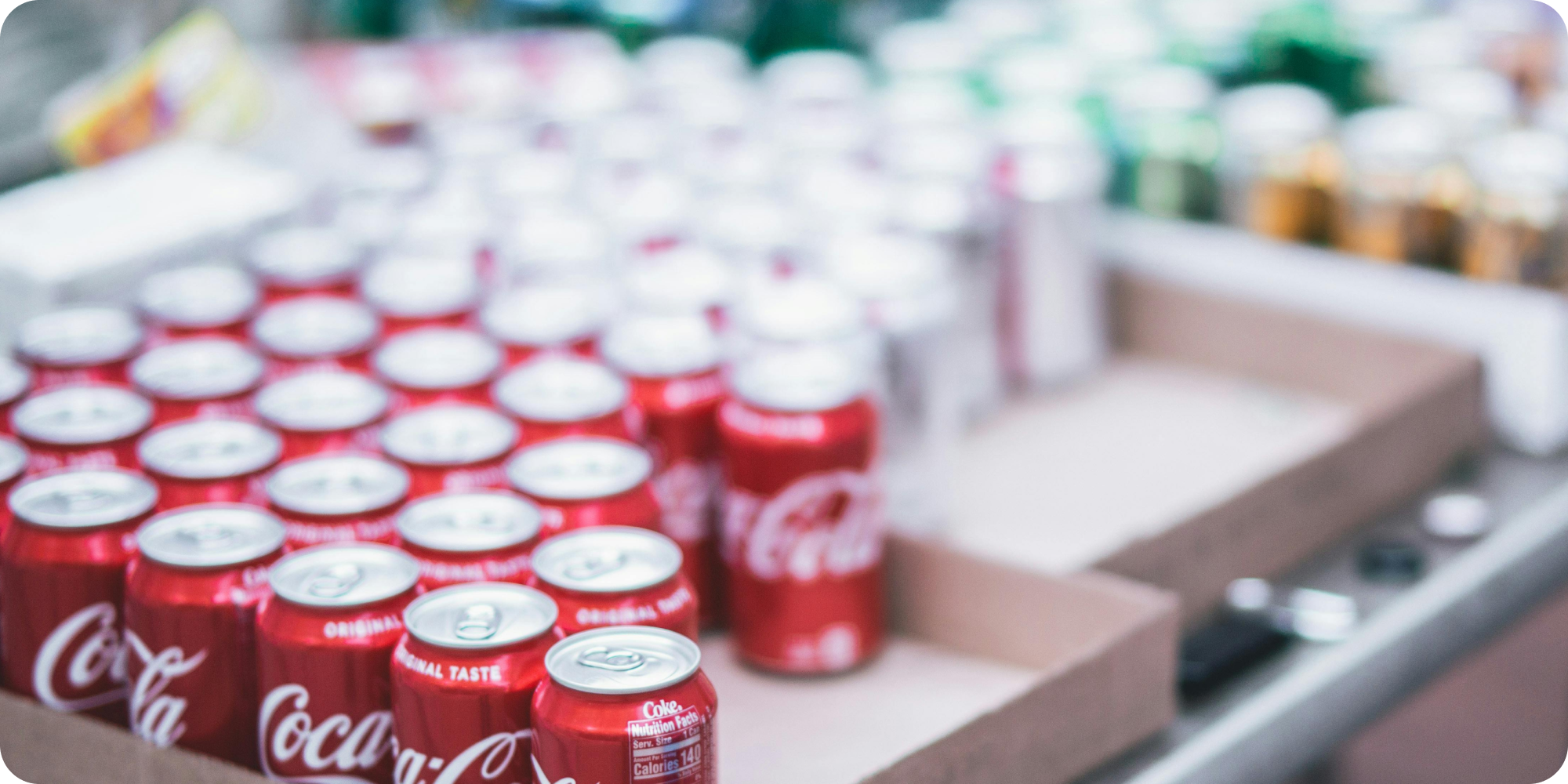
This isn’t about which celebrity appeared in a commercial. Today’s beverage battles are about supply chain survival. PepsiCo is relocating soda production back to the US to avoid rising costs tied to aluminum tariffs, while Coca-Cola is opting for a wait-and-see approach. These contrasting strategies reflect the broader instability in global packaging and ingredient sourcing.
Key developments:
- PepsiCo is shifting US production to dodge tariffs.
- Coca-Cola is sticking with its current operations despite the financial risks.
- Tariff ripple effects could impact beverage pricing and availability into 2026.
The tea: Yes, soda is still a break room favorite, but with aluminum tariffs rising and global sourcing under pressure, your pantry program needs more than fan-favorite flavors. It needs resilience. As Crafty CFO Cam Lawrence explains in his recent deep dive on future-proofing workplace programs, the key isn’t just to prepare for tariffs, it’s to design systems that can flex when disruption hits.
“Economic volatility is no longer the exception, but the operating environment…Success starts with seeing your pantry spend as it happens and making adjustments quickly when market conditions shift.”
Cam Lawrence, CFO, Crafty
So what does that look like in practice?
- Plan for price shifts without panic. Tariffs may not impact your beverage pricing today, but costs could rise tomorrow. Take a look at your data and see where there are opportunities to swap to bulk formats. For example, you can skip the cans altogether by swapping to a Bevi for your sparkling water. It's an investment now, but the payoff down the road can be worth it.
- Invest in what matters. Crafty’s real-time data tools allow you to see what your team consumes and make smarter choices that align with taste, values, and budget. "A great employee experience isn’t defined by the cost of a single item, but shaped by thoughtful choices," says Cam. "When prices rise, the instinct may be to cut broadly, but a more effective response is to curate carefully, focusing on the items that deliver the most value to your team."
Read Crafty CFO Cam Lawrence’s full insights. →
The Next Food Fight: Banning Artificial Dyes Altogether
The US moves to ban artificial dyes and additives from the food supply.
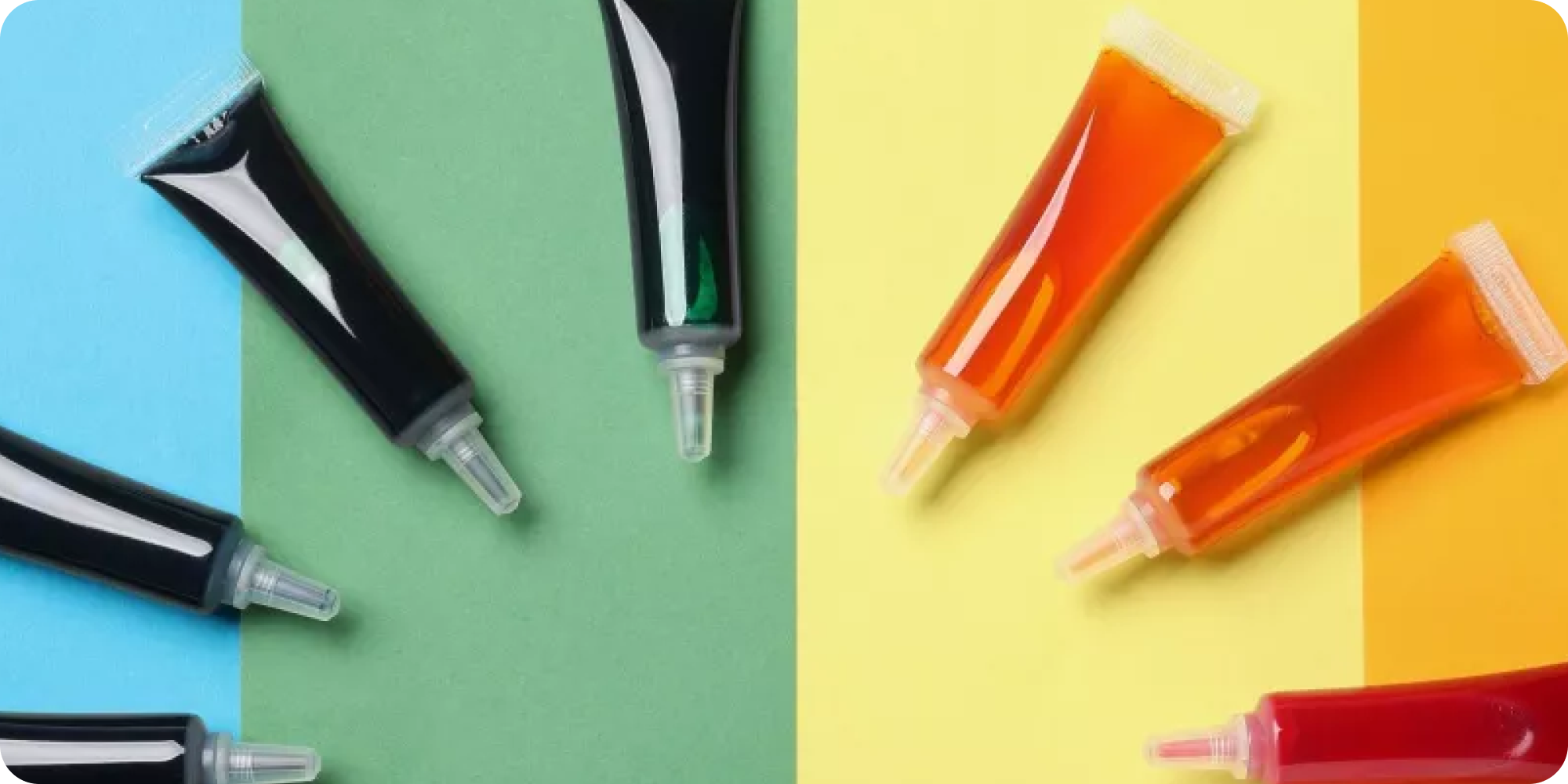
States like California and New York are leading a push to eliminate synthetic dyes and additives from the U.S. food system. These ingredients are already banned in Europe, and the U.S. could be headed for stricter regulations as public pressure builds.
What’s happening:
- Bans are being considered for dyes like Red 40, Yellow 5 & 6, Blue 1 & 2.
- California has already enacted school-based restrictions, taking effect in 2027.
- Rising consumer demand for “clean label” foods is pressuring brands to reformulate ahead of policy changes.
The tea: No immediate changes are needed, but the signal is clear: your employees are paying closer attention to what they consume. Staying informed and making thoughtful choices now builds trust and positions you to adapt smoothly if regulations take hold.
Conclusion
This month’s trends reveal one central truth: your break room is no longer just about convenience. It’s about culture, care, and competitive advantage.
With engagement in decline, supply chains in flux, and food expectations shifting, your pantry can:
- Be a daily signal of support and stability.
- Offer consistency in the face of volatility.
- Help you align workplace experience with modern values.
Crafty is here to help you turn insights into impact—curating, stocking, and scaling your office break room with the strategy it deserves.

